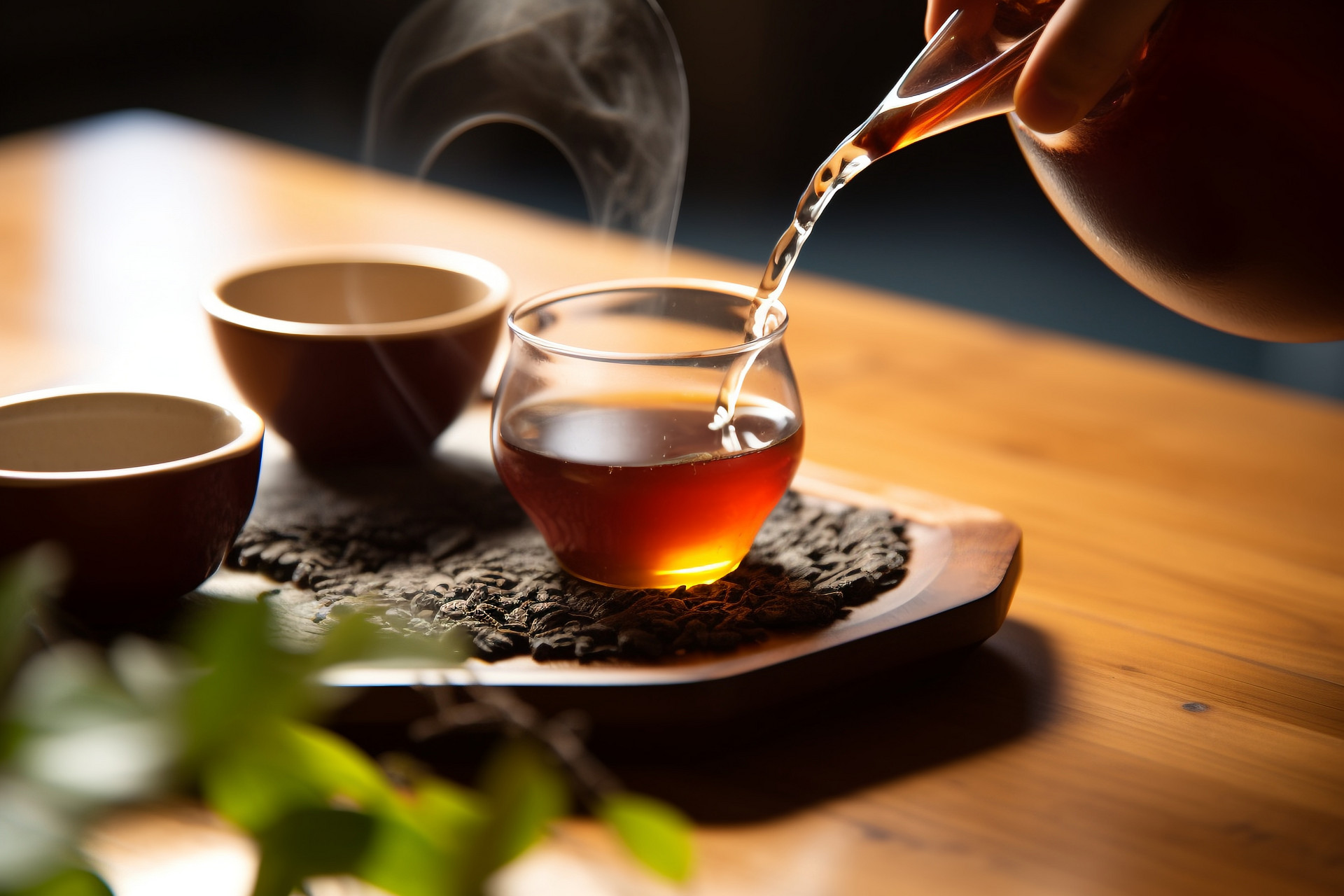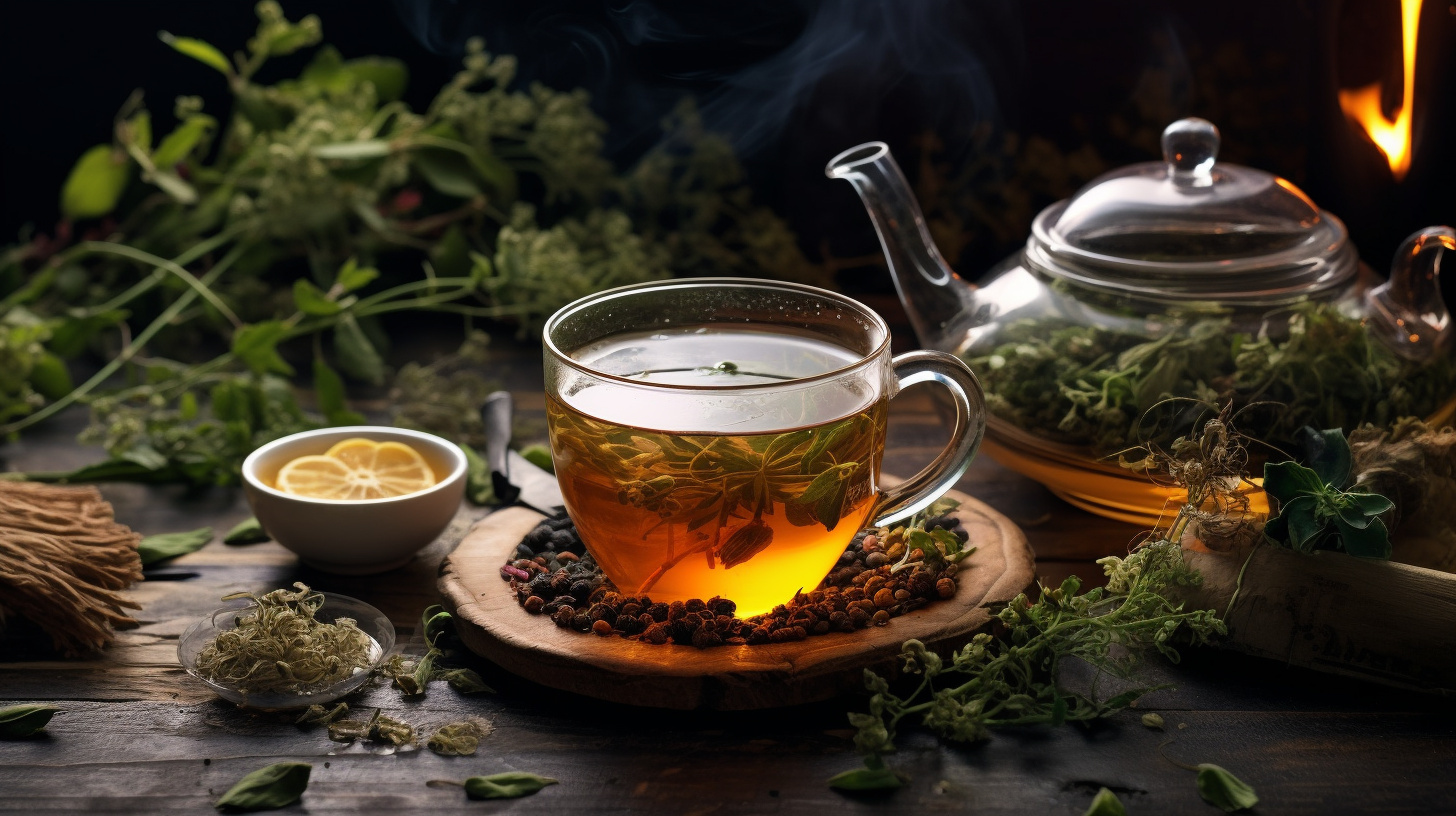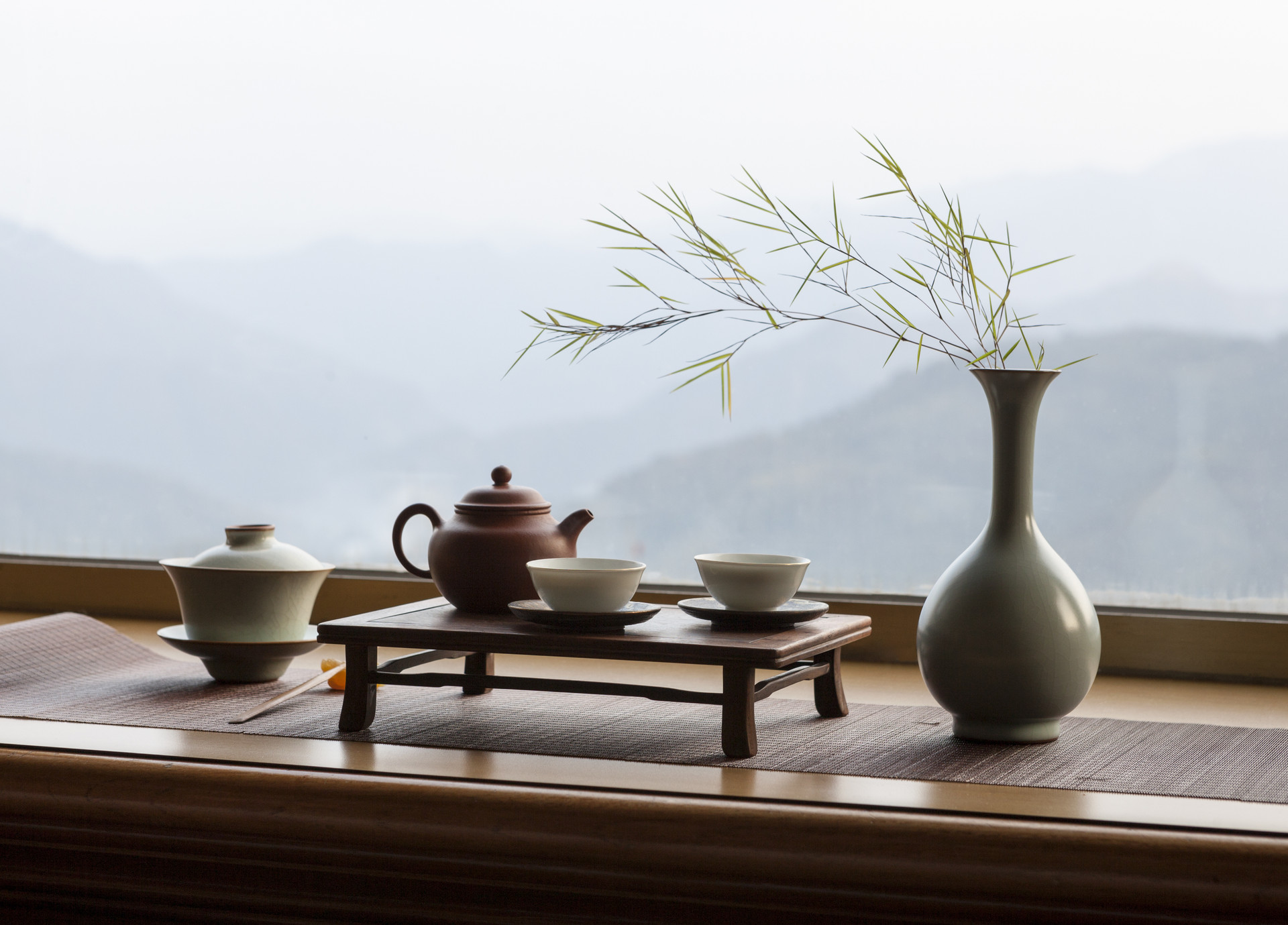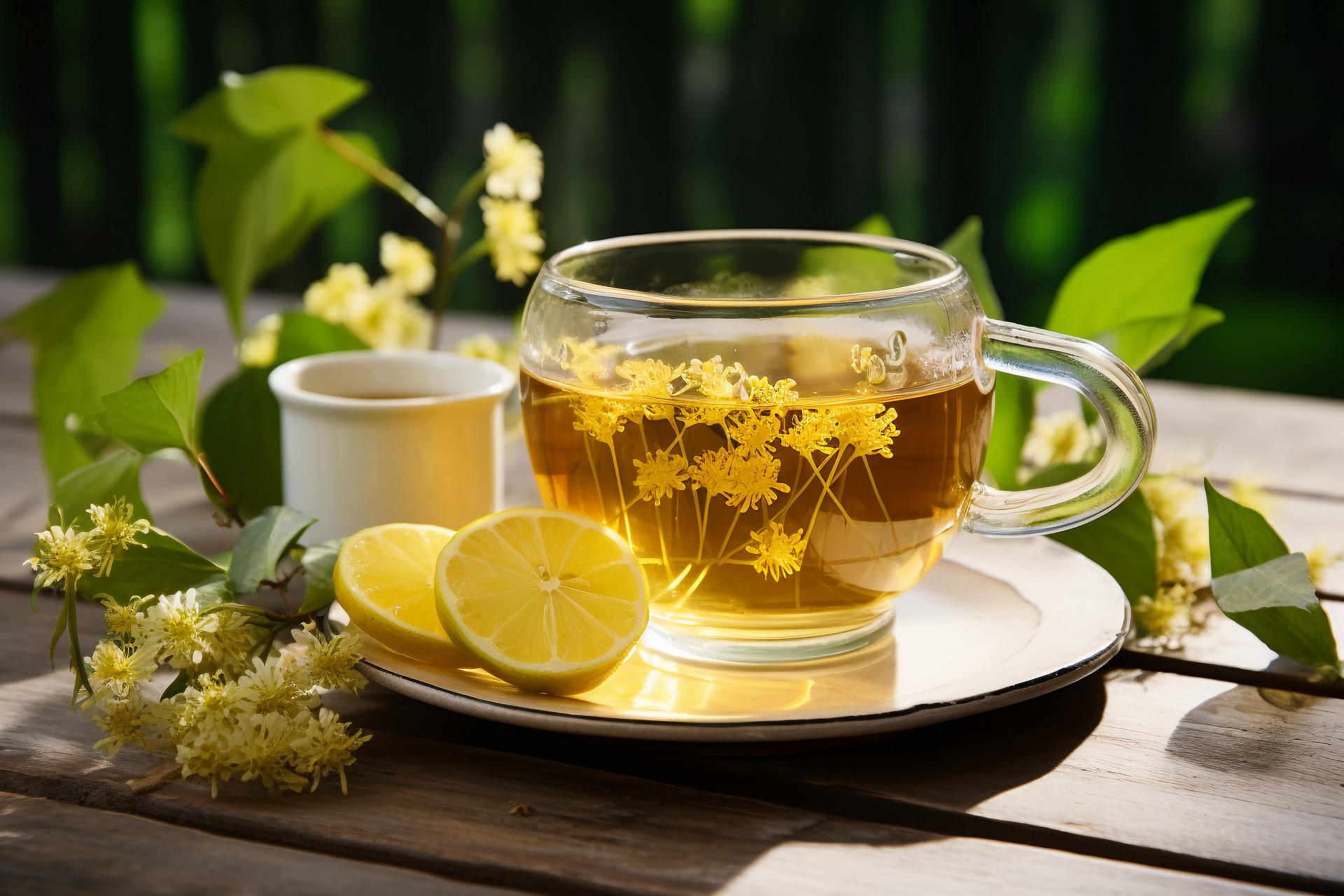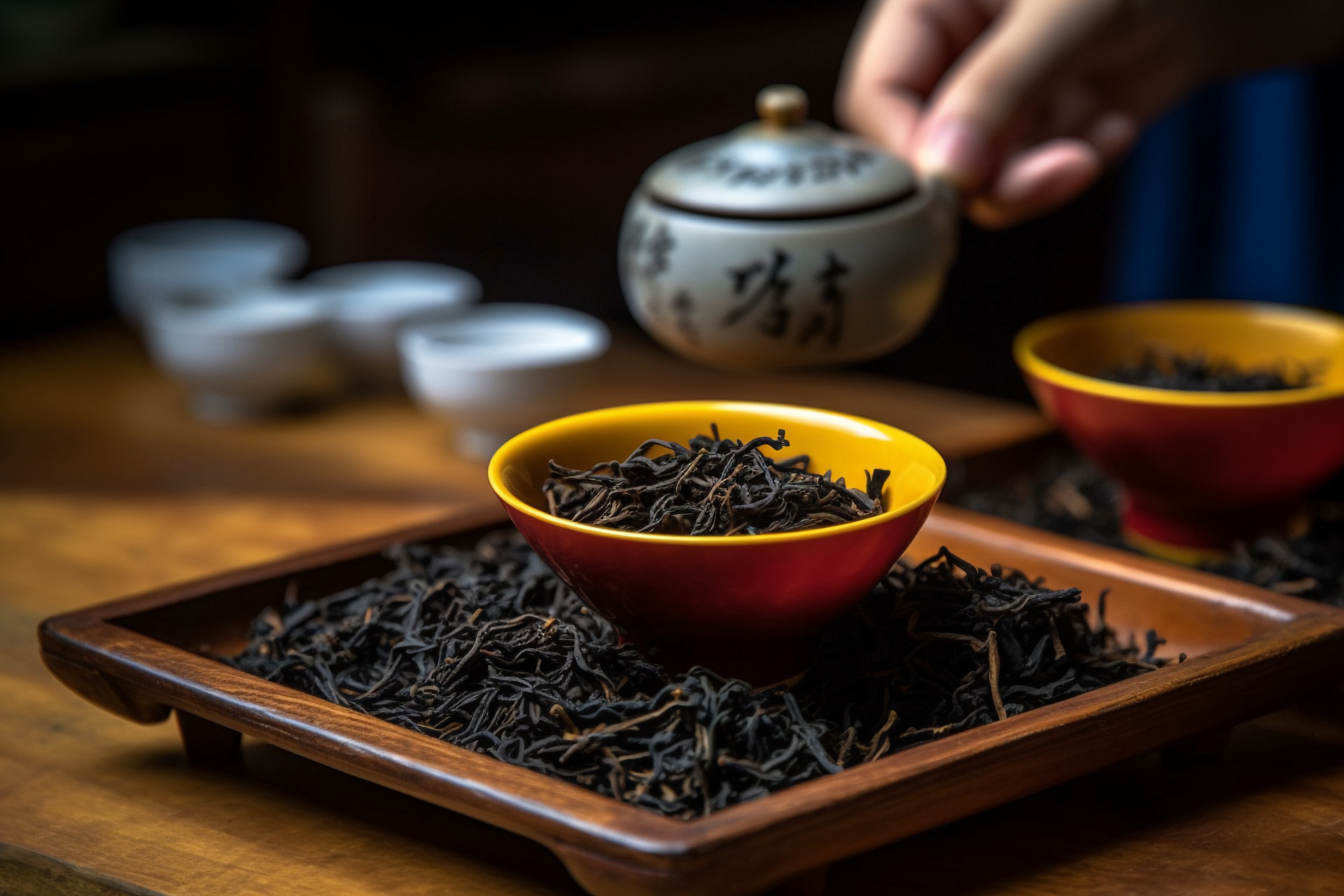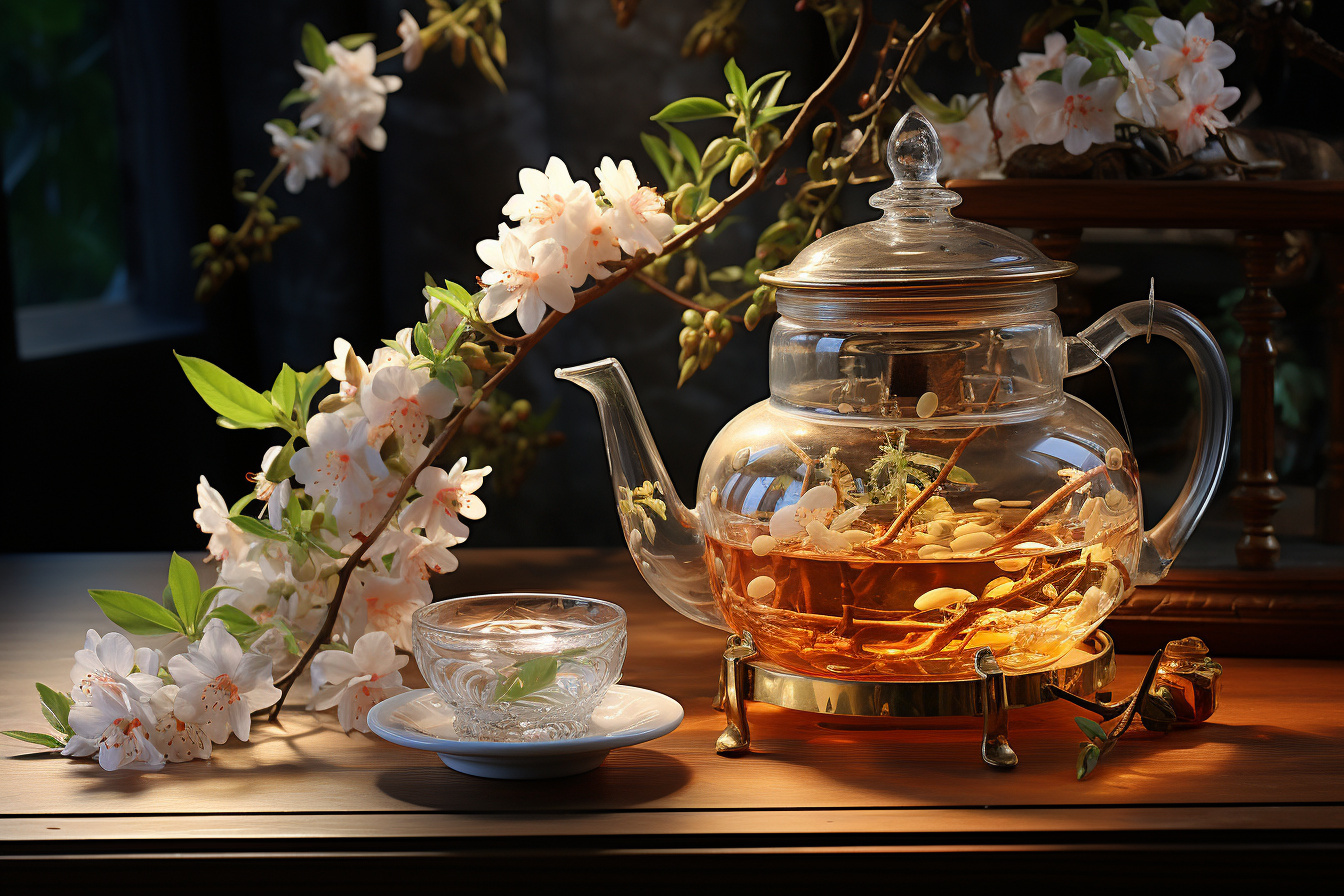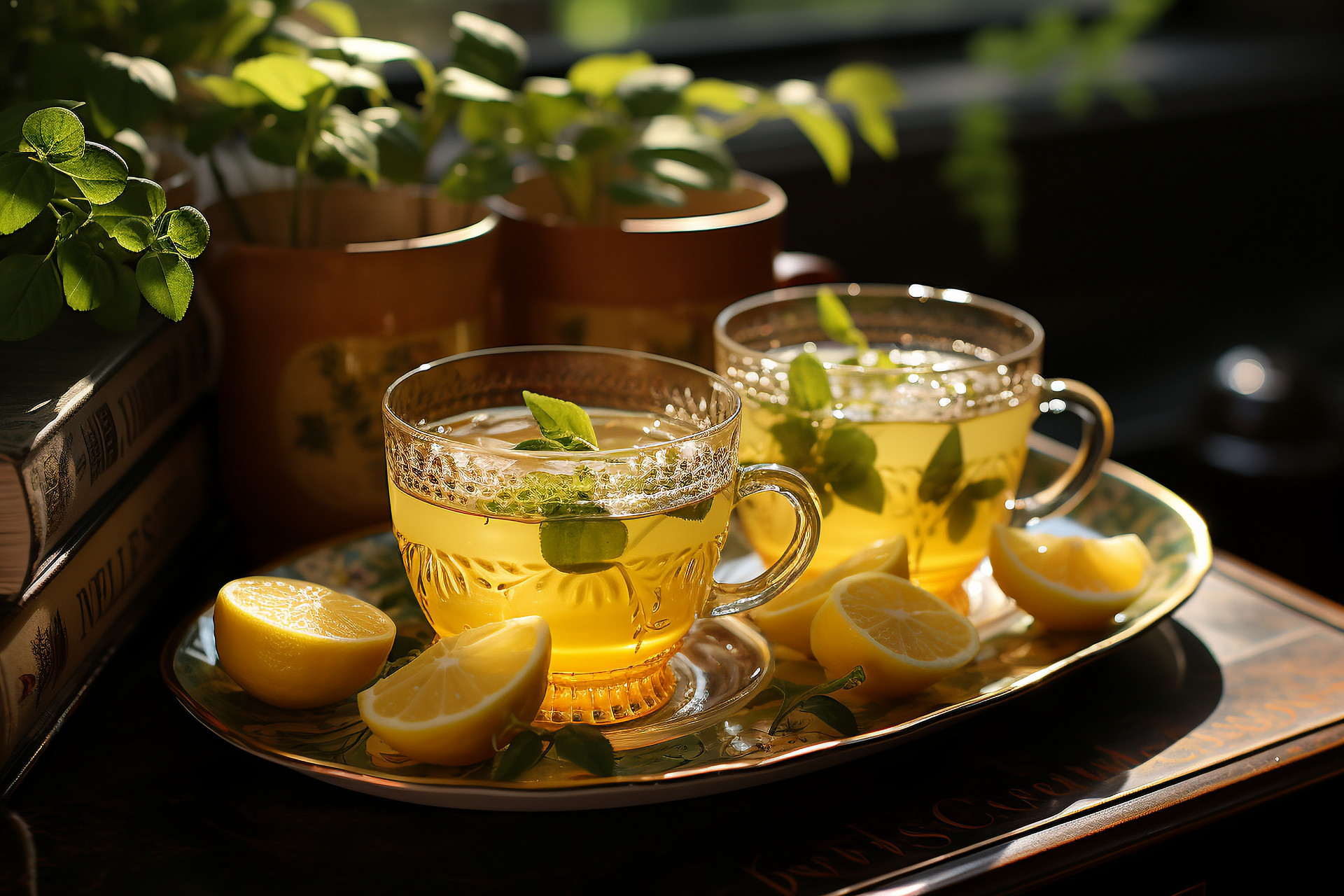Tea leaves undergo changes in natural quality due to the influence of seasonal climate factors such as temperature, rainfall, and sunlight during their annual growth and development cycle, as well as differences in the nutritional conditions of the tea trees themselves. "Spring tea is bitter, summer tea is astringent, if you want good taste, choose autumn White Dew tea (referring to autumn tea)" is a summary of the natural quality of seasonal teas.
The characteristics of the quality of spring tea, summer tea, and autumn tea are described below for reference when selecting tea.
Visual inspection primarily involves judging the appearance, color, and aroma of the tea leaves.
In the case of black tea and green tea, the leaves are tightly twisted, the pearl tea grains are round and tight, the black tea has a dark color, and the green tea has a green color. The tea leaves are plump and substantial, with a lot of fuzz, and have a strong aroma. These are the characteristics of spring tea. In the case of black tea and green tea, the leaves are loose and the pearl tea grains are loose and fluffy. The black tea has a red color, and the green tea has a gray or black color. The tea leaves are light and large, the stems are tender and long, and the aroma is slightly rough or old. These are the characteristics of summer tea. In the case of tea leaves of various sizes, thin and small leaves, yellow-green color for green tea, dark red color for black tea, and a moderate aroma, these are the characteristics of autumn tea.
For the wet inspection, the tea leaves are brewed and evaluated through smelling, tasting, and observing the bottom of the leaves.
When brewing, the tea leaves sink quickly, the aroma is strong and long-lasting, and the taste is mellow. The soup color of green tea is green with a hint of yellow, and the soup color of black tea is red and vibrant with a golden ring. The bottom of the leaves is soft and thick, with many normal buds and leaves, fine veins, and indistinct serrations on the leaf edges, indicating spring tea. In the case of slow sinking of the tea leaves when brewing, the aroma is not very high, the taste is bitter and astringent, the soup color of green tea is green and the bottom of the leaves contains copper-green buds, and the soup color of black tea is dark red and the bottom of the leaves is reddish and shiny. Whether it is black tea or green tea, the bottom of the leaves appears thin and hard, with more sandwiched leaves, thicker veins, and obvious serrations on the leaf edges, indicating summer tea.
If the aroma is not strong, the taste is weak, the bottom of the leaves contains copper-green buds, the size of the leaves varies, there are more sandwiched leaves, and the serrations on the leaf edges are obvious, it is considered autumn tea.


![[The Risks of Eating Hawthorn During Pregnancy]](https://tcmmaintenance.com/uploads/20240715/97742b67f97f94c495ae1389337c5c41.jpg)
